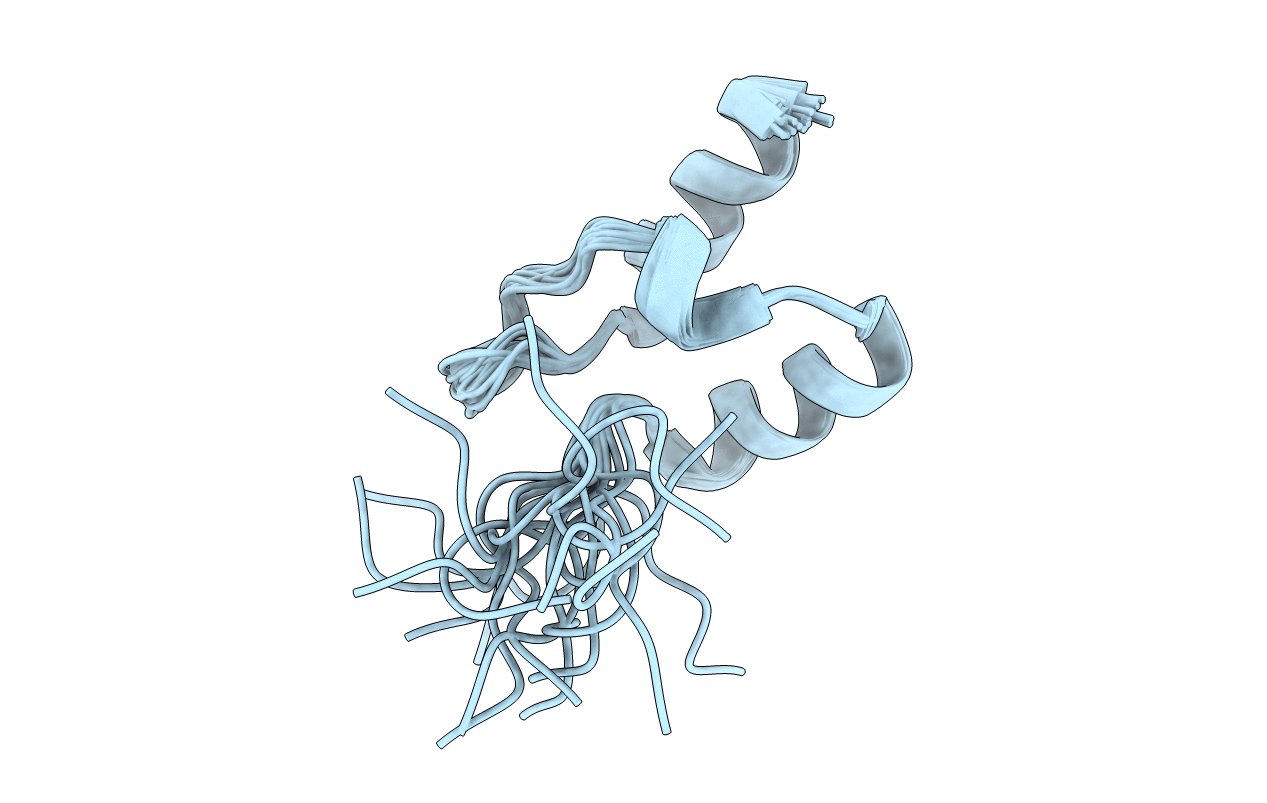
Deposition Date
2009-11-06
Release Date
2009-11-17
Last Version Date
2024-05-15
Entry Detail
PDB ID:
2WXC
Keywords:
Title:
The folding mechanism of BBL: Plasticity of transition-state structure observed within an ultrafast folding protein family.
Biological Source:
Source Organism:
ESCHERICHIA COLI (Taxon ID: 562)
Host Organism:
Method Details:
Experimental Method:
Conformers Calculated:
20
Conformers Submitted:
20
Selection Criteria:
NO VIOLATIONS


